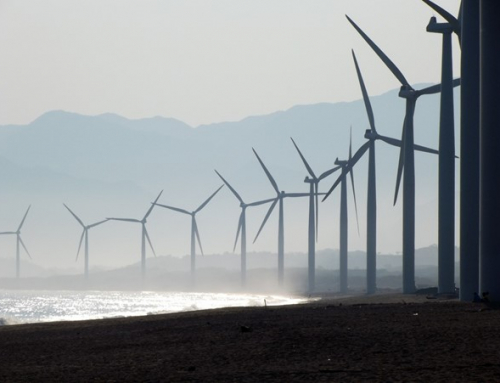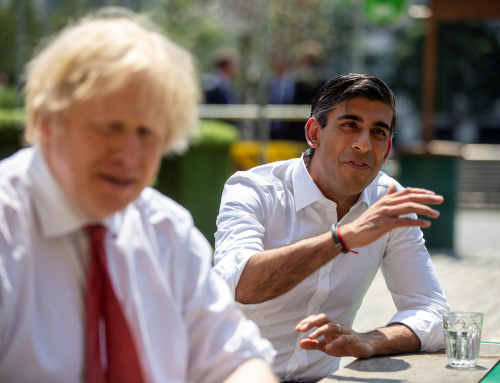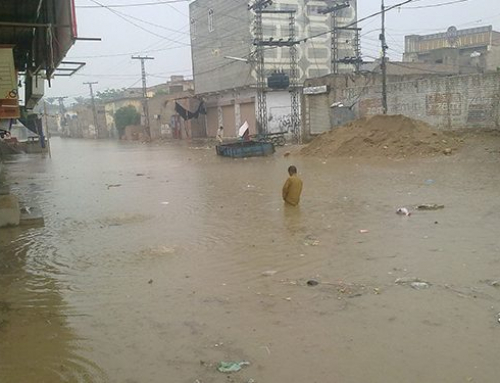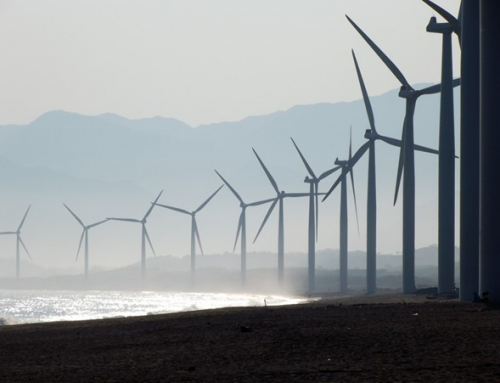By Stewart Dalby
In recent years I have spent a lot of time being involved in the issue of British energy supply policy by writing about it and interviewing some of the key figures involved in the matter. So I felt confident last September that I could tell my friends and neighbours that most of them would almost certainly soon face a rise (perhaps a substantial ones) in their energy bill. This was because I knew that on 1 October 2021 the government’s regulator for energy, Ofgem, would set a new level for the Energy Cap.)
In the event, Ofgem duly did raise the cap by a substantial 12 per cent on 1 October. Ofgen sets a new level for the Energy Cap twice a year, and earlier in 2021 on 1 April 2021 the cap had been raised by 10 per cent. This meant that for 2021 the Energy Cap was raised by a whacking great 22 per cent–and this rise has quickly fed through to increased tariffs for domestic consumers.
At first my friends and neighbours did not seem too bothered about the pric e rises, but there was worse news around and this was that the wholesale price of gas had been going up exponentially. Towards the end of September natural gas price had climbed to US$25 per million British thermal units (MBTUs) up by two thirds in the previous month (gas and oil prices are usually expressed internationally in US dollars.) The equivalent in pounds, shillings and pence would mean if the price of so many BTUs on 1 September was, say £2 on I September, the price on 31 September for the same number of so many BTUs would have risen to £6. The wholesale price for gas been rampant since last September and land looks likely to continue to do so.
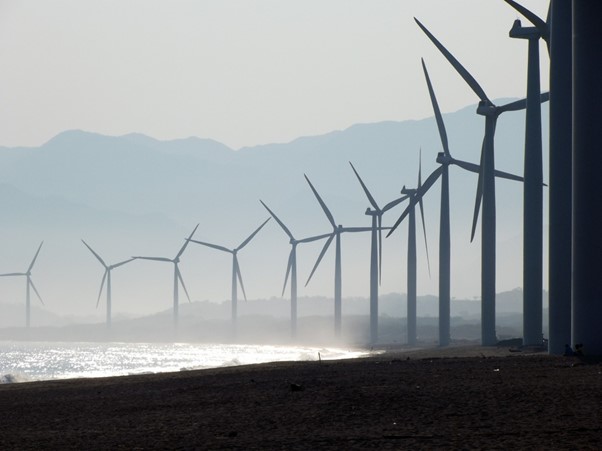
When will wind power dispalce Gas in the energy mix–if ever?
This huge spike in the gas price has been caused by a global supply shortage of gas. Some European countries including Britain are being squeezed by such gas shortages. Many Some people in Britain believe Russia is at fault for Britain’s supply shortage because it is holding back on distribution of its abundant reserves of gas to countries like ours for geo-political reasons.
In fact, Russia is not a major supplier to the UK at the best of times. A big contributor is Norway. Other major suppliers are large tankers carrying liquid natural gas (LNG). These cargoes come from places like Qatar and the US. The LNG is thus expensive if only because of the distance travelled. But it does alleviate, to some extent, Britain’s supply problem.
This alleviation is probably welcome since Britain’s supply problem is compounded by the fact that the government agreed that British Gas, the country’s largest domestic supplier, could close its huge “Rough Storage Facility” in the North Sea This reservoir was huge. Its demise as a facility means Britain is left able to store just 2 per cent of annual demand while other big importer countries can store 20 to 30 per cent.
All this certainly portends further energy price rises to come. The increases of 2021 left the tariff for an average three bedroomed house at £1277 per annum. Martin Lewis, the respected TV pundit on personal finance and energy pricing, has predicted that come 1 April 2022 the energy cap will lifted by £700. This would mean the average tariff for a three bedroomed house would become just short of £2000 per household This is a lot of money for a lot of people and will lead to fuel poverty for many
On one programme Lewis went even further in his lament and said, not entirely jokingly, that energy bills could double and given that inflation in the economy generally including food prices is rising fast, those who do not die of starvation could freeze to death, unless the government does something to bring down domestic energy bills
The problem is that in the first week of January at least, the government seemed totally nonplussed on what they could do about the situation. Since then, however, the cabinet government has floated various ideas to reduce tariffs. One, is to reduce VAT from five per cent to zero, saving £100. Two is to abolish Green Levies and save a similar amount to the VAT reduction. Three is to the extend the “Warm Home discount”
This is a government financed scheme whereby poor and vulnerable families are given a £140 cut in their energy bills. Currently there are 2.7million homes benefiting from this scheme. There are 28.5 million homes in Britain. Not all of these house poor and vulnerable people, but even so there is scope to raise the level of the warm house credit to more homes. The Daily Mail newspaper has suggested the discount should be increased to £200 immediately and raised to £600 eventually.
However, all these three possible initiatives seem likely to be subsumed by a fourth idea, according to the Financial Times. On the January 18th edition of the FT there was a front page story which said: “The UK is exploring a radical intervention in the energy market in which the state (aka the taxpayers) would pay money to energy suppliers when wholesale gas prices rise sharply in an effort to soften the blow to consumers.”
If, on the other hand, the wholesale price should fall below the price that had been agreed between the suppliers and the state the suppliers the agreed price the state had given to the suppliers the suppliers would have to give the amount of the price difference back to the state.This scheme is known as a contract for difference (CFD). CFDs helped UK renewables groups early on. Wind power costs roughly halved in decade to 2020.
So, lets see whether a CFD will help ease household bills.
.

